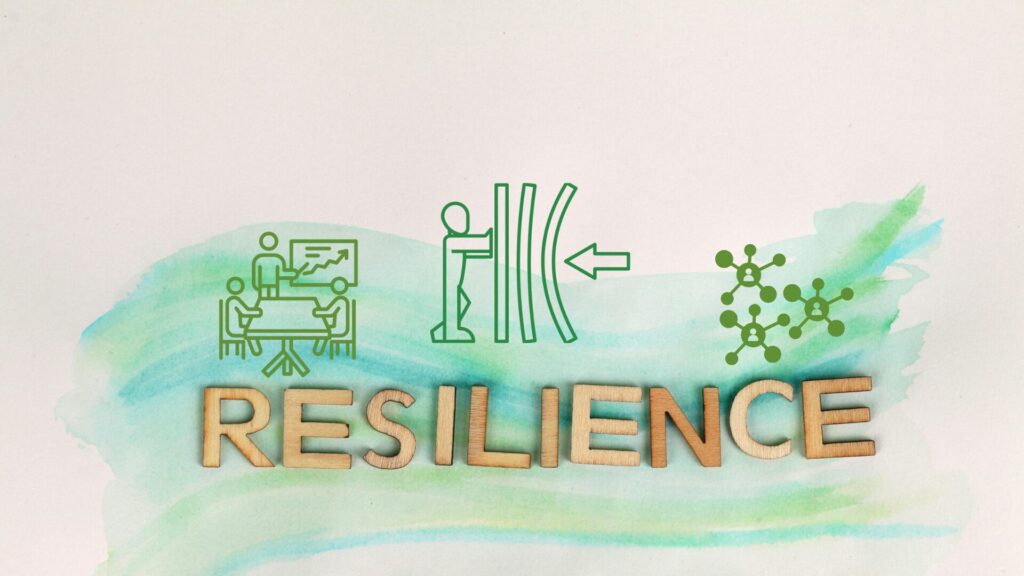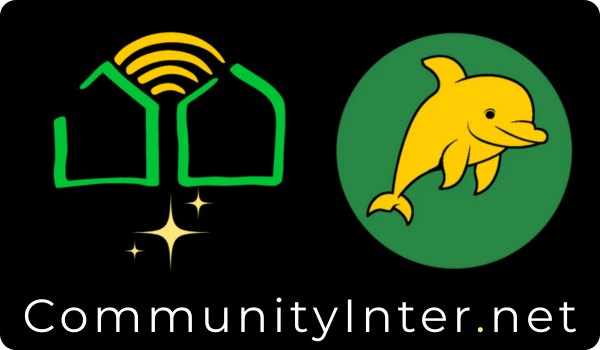Resiliency Networks

Resiliency during Hurricane Sandy in New York, 2012, benefited from two things:
- The website started by Dr. Ron Suarez for Occupy Wall Street in 2011, that organized 9000 people into 100 working groups, was maintained and used to organize relief volunteers (Occupy Sandy).
- Red Hook WiFi – When Hurricane Sandy hit in 2012, Red Hook Initiative’s free WiFi program became a lifeline for the community. Now, the neighborhood is filled with WiFi routers running on solar power to keep the community connected and bridge the digital divide. This Mesh network was modeled after commotion, wireless and part of the red hook initiative. Here is a video of Dr. Suarez in Red Hook showing teens how to “cut the cord” and build an HDTV OTA antenna with recycled coat hangers, scrap wood and $3 in electrical parts.
How resiliency hubs promote digital equity
Ensure that everyone in the community, regardless of their economic status, has access to vital digital resources. Here’s how they do this:
- Centralizing Digital Resources: Resilience hubs act as centralized locations where community members can access digital resources such as computers, high-speed internet, and digital literacy training. This is particularly important in underserved areas where individual households may not have these resources.
- Community Broadband Networks: Many resilience hubs are part of municipal or community broadband networks, which are designed to provide affordable and reliable internet access to all community members. These networks often prioritize connectivity in areas where commercial providers may not see a profitable market, thus addressing gaps in service availability.
- Fixed Wireless Access (FWA): Resilience hubs can utilize technologies like Fixed Wireless Access to provide high-speed internet in both urban and rural settings where laying fiber might be challenging. FWA can be rapidly deployed and is cost-effective, making it a viable solution for connecting underserved communities.
- Educational and Workforce Support: By offering digital literacy programs, job training, and educational resources, resilience hubs help bridge the knowledge gap, empowering individuals with the skills needed to participate in the digital economy. This includes everything from basic computer skills to advanced training in emerging technologies.
- Policy and Advocacy: Resilience hubs often engage in policy advocacy to push for broader digital equity measures. This includes supporting legislation that treats broadband as a public utility, ensuring that access to the internet is seen as a basic right similar to water and electricity.
- Community Engagement: These hubs foster strong community ties by involving local residents in the planning and operation of digital services. This community-driven approach ensures that the services provided are tailored to the specific needs of the population, enhancing both accessibility and relevance.
By integrating these approaches, resilience hubs help to level the playing field, providing equitable access to the digital tools and resources necessary for economic and social participation.
Investing in resiliency hubs offers a significant return on investment
Investments offer a range of economic, social, and infrastructural benefits:
- Economic Resilience and Cost Savings: By enhancing local resilience, hubs reduce the costs associated with emergency response and recovery. They provide a centralized location for distributing resources and coordinating relief efforts, which can streamline operations and reduce duplication of efforts during disasters. This efficiency can lead to substantial savings for municipal budgets.
- Increased Property Values: Resilience hubs can improve neighborhood attractiveness and property values. The presence of a hub indicates a community’s commitment to safety, preparedness, and quality of life, making the area more desirable for potential homeowners and investors .
- Leveraging Funding Mechanisms: Hubs can utilize various funding mechanisms, including municipal funds, grants, resilience bonds, and civic crowdfunding. These diverse sources reduce the financial burden on local governments and ensure a sustainable funding stream for ongoing operations and maintenance .
- Community Engagement and Empowerment: Resilience hubs foster community engagement by involving residents in their development and operation. This engagement can lead to increased volunteerism and local investment in community projects, further stretching municipal dollars.
- Health and Social Benefits: By providing access to essential services, including healthcare, digital connectivity, and social support, resilience hubs can improve the overall well-being of residents. Healthier, more connected communities often require fewer public health interventions, reducing long-term healthcare costs for local governments .
- Sustainable Development: Integrating renewable energy systems and energy-efficient technologies into resilience hubs promotes sustainability and can reduce utility costs for local governments. Additionally, these green initiatives can attract grants and incentives aimed at promoting environmental sustainability .
Overall, resilience hubs not only enhance the immediate safety and preparedness of communities but also contribute to long-term economic stability and growth, providing a robust ROI for local community budgets.






Responses